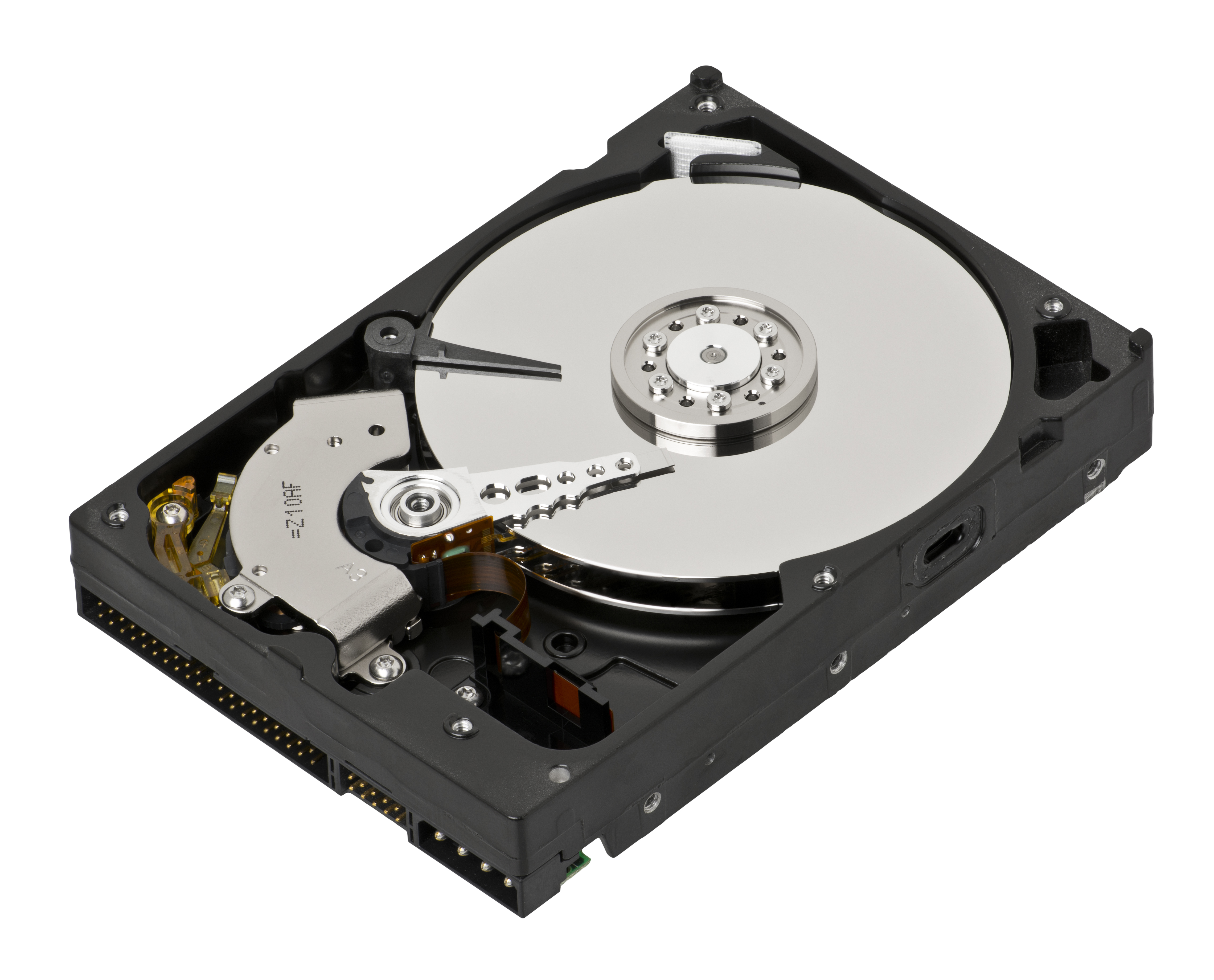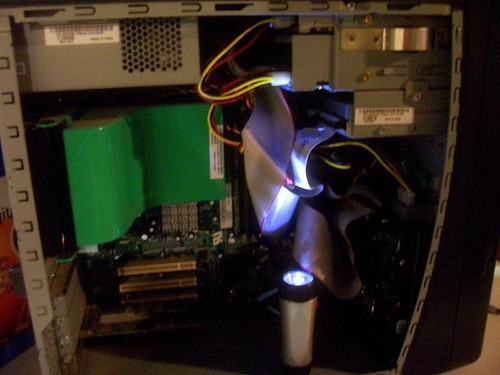Having trouble with your hard drive not being detected in the BIOS during boot up? Here are some solutions to fix this common issue.
Reconnect and Check Connections
To fix the hard drive not detected BIOS boot error, start by checking all connections. Make sure the SATA or IDE cables are securely plugged into both the hard drive and the motherboard. Also, ensure that the power cable is properly connected to the hard drive. If using an SSD, check the power and data connections for any loose cables.
If the connections are secure and the hard drive is still not being detected, try reconnecting the hard drive to a different SATA port on the motherboard. Restart the computer and access the BIOS settings to see if the drive is now recognized. Sometimes a different SATA port can resolve the detection issue.
If the hard drive is still not detected, it may be a problem with the hard drive or the motherboard. Try connecting the hard drive to another computer to see if it is recognized there. If not, the hard drive may be faulty and require data recovery services.
If the hard drive is detected on another computer, the issue may be with the motherboard. Check for any BIOS updates and install them to see if that resolves the problem. If not, it may be necessary to seek professional help to troubleshoot the motherboard or other hardware components.
Enable and Restore BIOS Settings
| Step | Action |
|---|---|
| 1 | Power on or restart your computer |
| 2 | Press the key to enter BIOS setup (common keys include F2, Del, Esc) |
| 3 | Navigate to the “Exit” tab |
| 4 | Select “Load Setup Defaults” or “Restore Defaults” |
| 5 | Confirm the action and save changes |
| 6 | Exit BIOS and restart your computer |
Update or Install Hard Drive Drivers

1. Identify the make and model of your hard drive. This information can usually be found on the label of the hard drive itself.
2. Visit the manufacturer’s website. Look for the support or downloads section where you can find the latest drivers for your specific hard drive model.
3. Download the appropriate driver. Make sure to select the driver that is compatible with your operating system.
4. Install the driver. Follow the on-screen instructions to complete the installation process.
5. Restart your computer. This will ensure that the new driver is properly recognized by your system.
By updating or installing the correct hard drive drivers, you may be able to resolve the issue of your hard drive not being detected in the BIOS during boot up. This can help prevent data loss and ensure smooth operation of your computer.
Run CHKDSK and Rebuild MBR to Repair Errors

To fix the “Hard Drive Not Detected” BIOS boot error, you can try running CHKDSK and rebuilding the Master Boot Record (MBR) on your hard drive. First, boot your computer from a Windows installation disc or a bootable USB drive. Once you’re in the Windows Setup menu, navigate to the “Repair your computer” option.
From there, choose “Troubleshoot” and then “Command Prompt.” In the Command Prompt window, type “chkdsk /f /r C:” (replace C: with the letter of your hard drive) and hit Enter. This will scan for and repair any errors on your hard drive.
Next, you’ll need to rebuild the MBR. In the Command Prompt window, type the following commands one by one:
bootrec /fixmbr
bootrec /fixboot
bootrec /rebuildbcd
After running these commands, restart your computer and see if the BIOS boot error is resolved. If not, you may need to consider other troubleshooting steps or seek professional help for further assistance.
Recover Data and Consider Replacement
- Remove the hard drive from the computer
- Turn off the computer and unplug it from the power source
- Open the computer case and locate the hard drive
- Disconnect the hard drive from the motherboard and power supply
- Connect the hard drive to another computer
- Use a SATA-to-USB adapter or external hard drive enclosure
- Connect the hard drive to another computer via USB
- Access the files on the hard drive and back up any important data
- Consider replacing the hard drive
- If the hard drive is not being detected in the BIOS, it may be faulty
- Research and purchase a new hard drive as a replacement
- Install the new hard drive in the computer and reinstall the operating system
Troubleshoot with Advanced BIOS Fixes
If your hard drive is not being detected in BIOS, you may need to troubleshoot with advanced fixes.
First, check the physical connections of the hard drive to ensure it is properly connected to the motherboard and power supply. Make sure the SATA or IDE cables are securely plugged in and the power cable is connected.
Next, access the BIOS settings by restarting your computer and pressing the specific key (often Del, F2, or F12) to enter the BIOS menu. Look for the Boot Order or Boot Priority section and ensure that the hard drive is listed as a boot option.
If the hard drive is not listed, try resetting the BIOS to default settings. This can usually be done by selecting the option in the BIOS menu or removing the CMOS battery on the motherboard for a few seconds.
If the hard drive is still not detected, you may need to update the BIOS firmware. Visit the manufacturer’s website to download the latest BIOS version and follow the instructions to update it.
Lastly, if none of the above steps work, it is possible that the hard drive has failed and may need to be replaced. Consider backing up any important data using a boot disk or data recovery software before replacing the drive.
F.A.Q.
What to do if my hard drive is not detected?
If your hard drive is not being detected, you can try using data recovery software to retrieve your files. It is recommended to carefully disconnect the drive and connect it to another computer for a secure recovery process, especially if it is the drive with the operating system.
Why is my hard drive not showing up in boot?
Your hard drive may not be showing up in boot due to loose physical connections or corrupt USB ports. Check your USB cables and ports, test another USB port, or change the cable to establish a proper boot drive connection.
How do I fix my hard drive that won’t boot?
To fix a hard drive that won’t boot, you can try adjusting the boot order in the BIOS settings. Restart the computer, access the BIOS, choose the Boot option, set the hard drive as the first option, save the changes, and then restart the computer again.
Why does my BIOS not detect my hard drive?
My BIOS may not detect my hard drive if the data cable is damaged or the connection is incorrect. Be sure to check that the SATA cables are securely connected to the SATA port.
